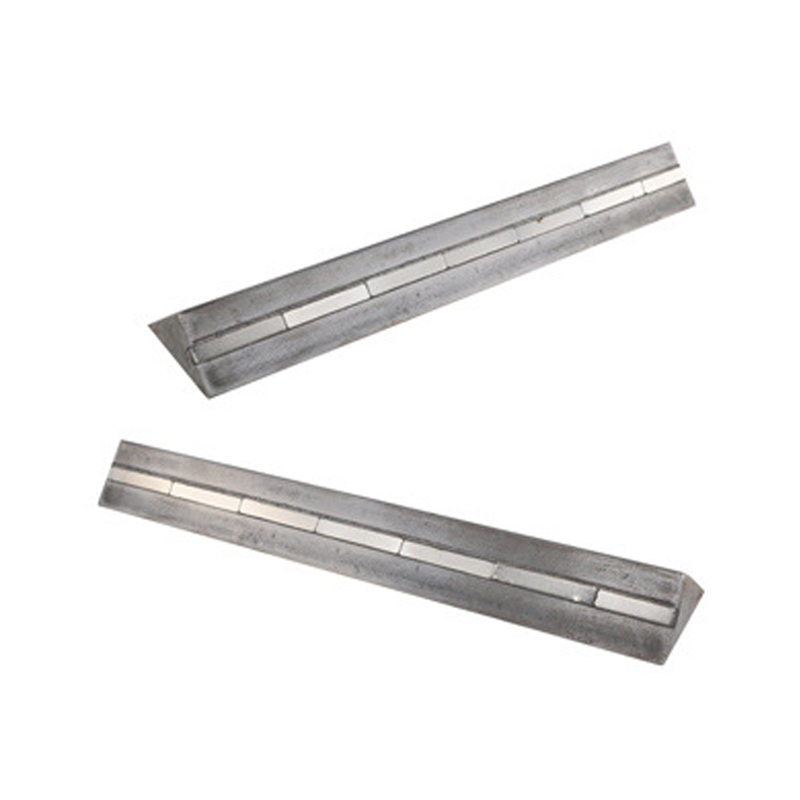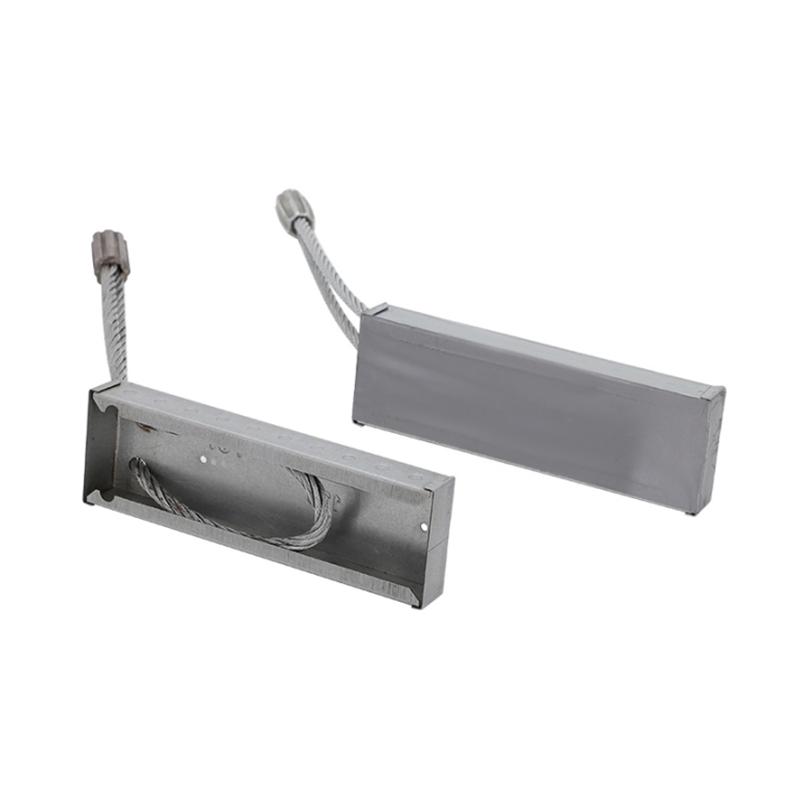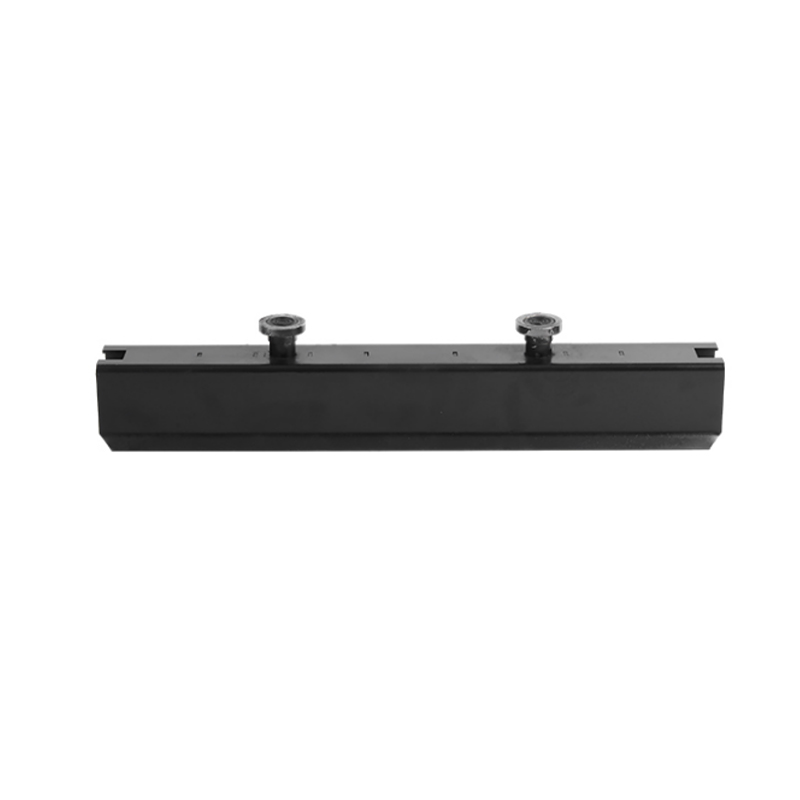1. Dongguan launches a major inspection of the quality and safety of ready-mixed concrete
From June 4, the Dongguan Municipal Housing and Urban-Rural Development Bureau conducted a six-month special inspection of ready-mixed concrete enterprises in the city, focusing on the compliance of raw material inspection laboratories and the safety management of mixer trucks. Enterprises are required to provide complete production records since January 2025. Those who fail to meet the standards will face dynamic qualification supervision, and the inspection results will be used as the basis for differentiated supervision in 2026. This action responds to the "Guangdong Province Construction Project Quality Management Regulations" and aims to strengthen the quality control of the upstream of the industrial chain.
2. Yuhang prefabricated component automation project put into production
Hangzhou Sanzhong New Building Materials Technology Co., Ltd. invested in the construction of the country's leading automated production line in Chongxian Street, Yuhang District, including 4 fully automatic concrete production lines and 2 PC component intelligent production lines, with an annual production capacity of 900,000 cubic meters of prefabricated components. The project adopts a 3D plant design, with a sand and gravel warehouse height of 18.6 meters, realizing the full process intelligence from raw material storage to component forming, with a total investment of 105 million yuan. The factory will serve as the core supply base for special components (such as wind power piles) in the Yangtze River Delta region.
3. The Asia-Pacific region accounts for more than 36% of the global market
The latest report shows that the global precast concrete market will reach US$151.49 billion in 2025, and the Asia-Pacific region will lead the growth with a share of 36.4%, mainly driven by infrastructure projects in Vietnam and Indonesia. The surge in demand for special components such as wind turbine towers and deep-sea pontoons has prompted international giants such as CRHVinci to accelerate the layout of localized production in Southeast Asia. The export of modular residential technology by Chinese companies to Saudi Arabia's NEOM New City has become a new growth point, using the "3D design-domestic prefabrication-on-site assembly" model to reduce logistics costs by 40%.
4. Prestressed seismic technology has been verified in engineering
China Construction Technology applied the new version of the "Technical Standard for Prestressed Prefabricated Concrete Frame Structure" in the super-high-rise project of Zhuhai Hengqin Financial Island, realizing the commercial application of Class III prestressed frames in 9-degree seismic zones for the first time. The project adopts hidden corbel connection technology, which increases the efficiency of beam-column nodes by 40% and shortens the construction period by 25%, providing a new solution for prefabricated buildings in coastal high-intensity areas. This technology has been included in the Ministry of Housing and Urban-Rural Development's top ten promotion technology catalog in 2025.
5. Zhejiang's ready-mixed concrete production has structurally recovered.
In the first quarter, the province's ready-mixed concrete production fell by 6.32% year-on-year, but in March it increased by 7.11% month-on-month, with Zhoushan, Taizhou and other places increasing by more than 9%, mainly benefiting from the demand for special components such as offshore wind power piles. It is worth noting that Shaoxing's bulk rate increased by 5.17 percentage points year-on-year, leading the province, reflecting the improvement of regional green production levels. During the same period, Ningbo still maintained a national lead with a bulk rate of 91.01%.
Industry challenges and responses
High carbon data traceability costs: The blockchain monitoring system increases the compliance costs of small enterprises by 12%-15%, and Guangdong pilots the "regional carbon accounting pool" to lower the threshold;
Special component talent gap: The annual salary of deep-sea pontoon welding technicians has exceeded 250,000 yuan, an increase of 18% from 2024.









